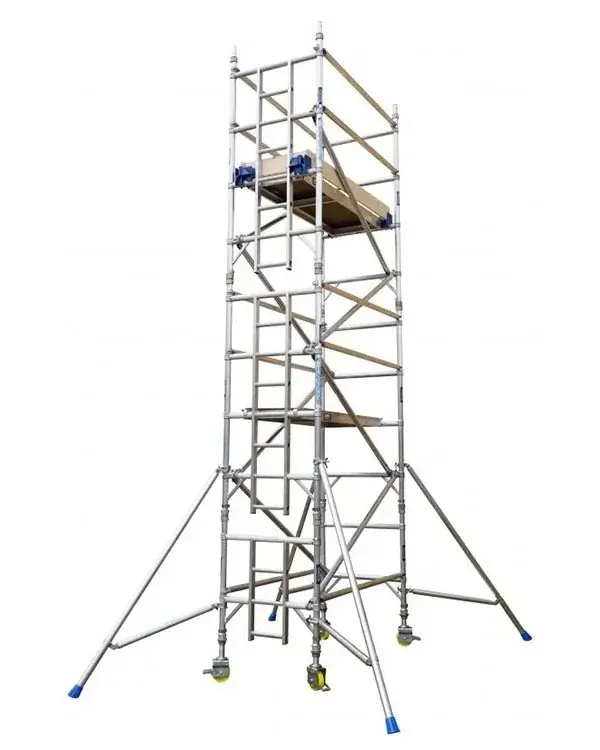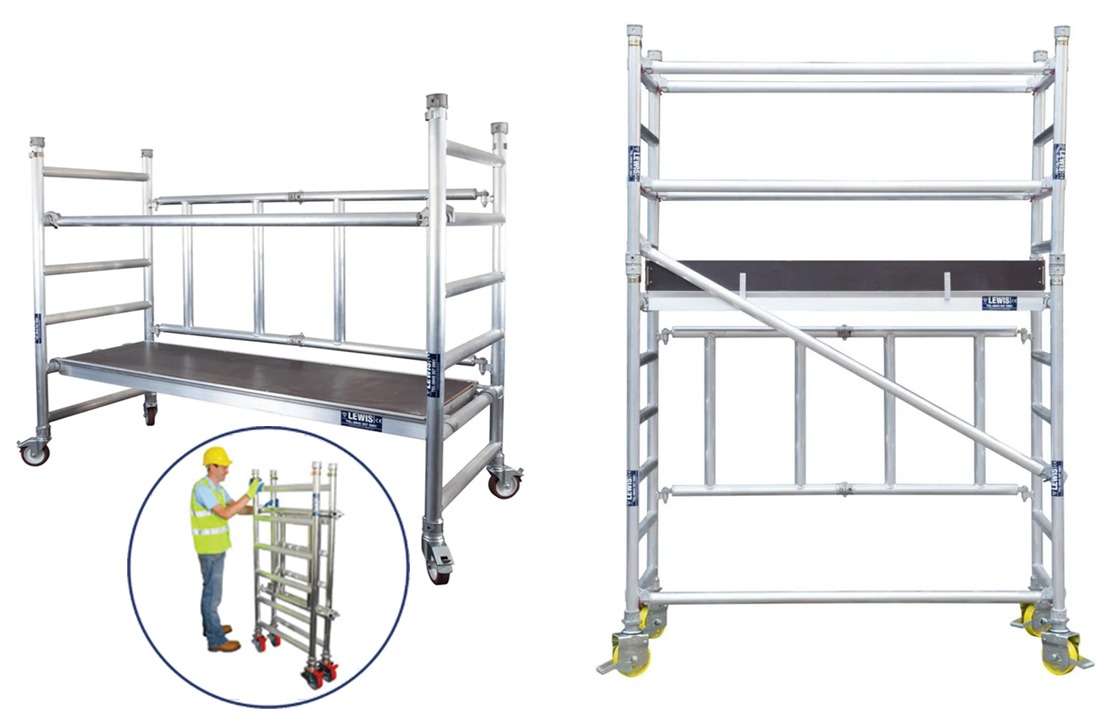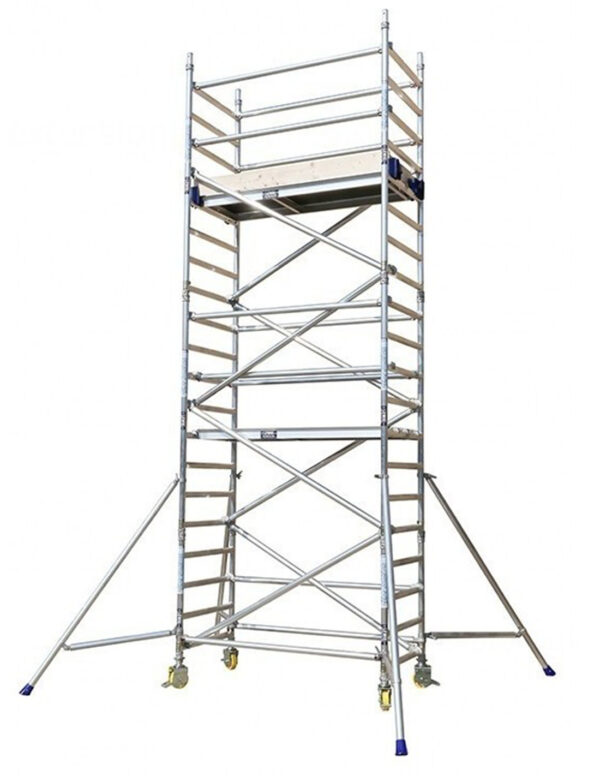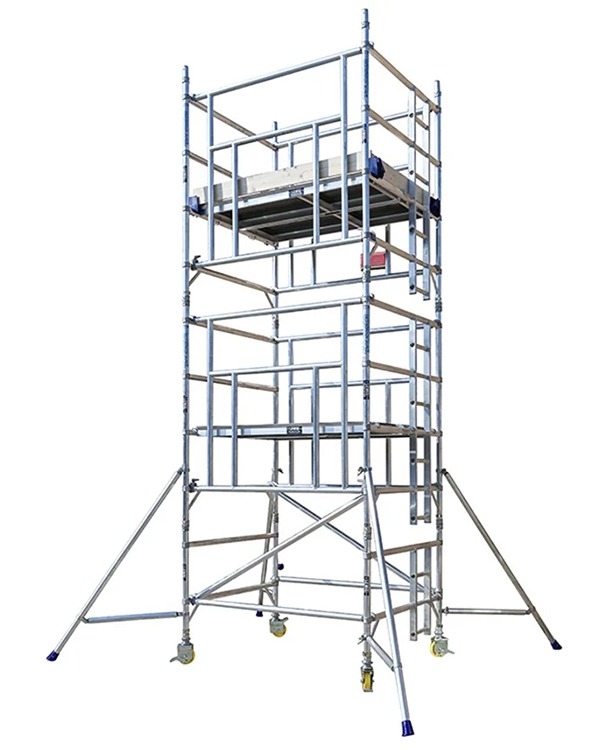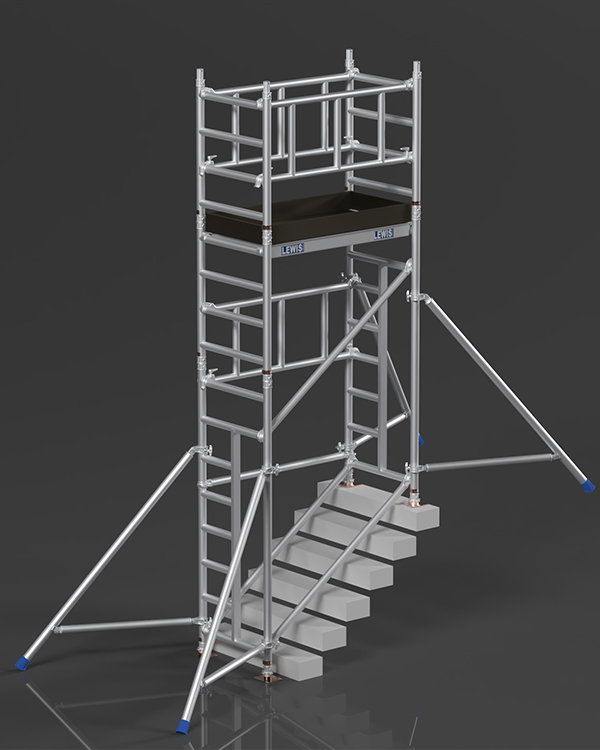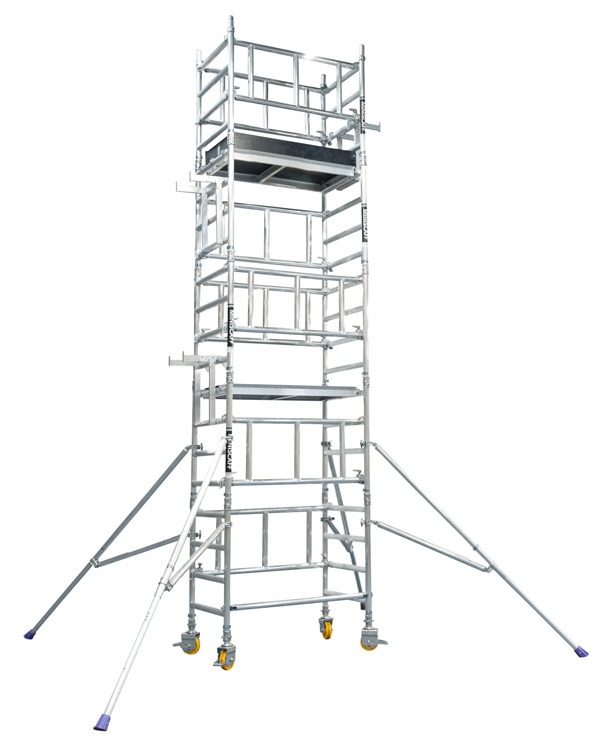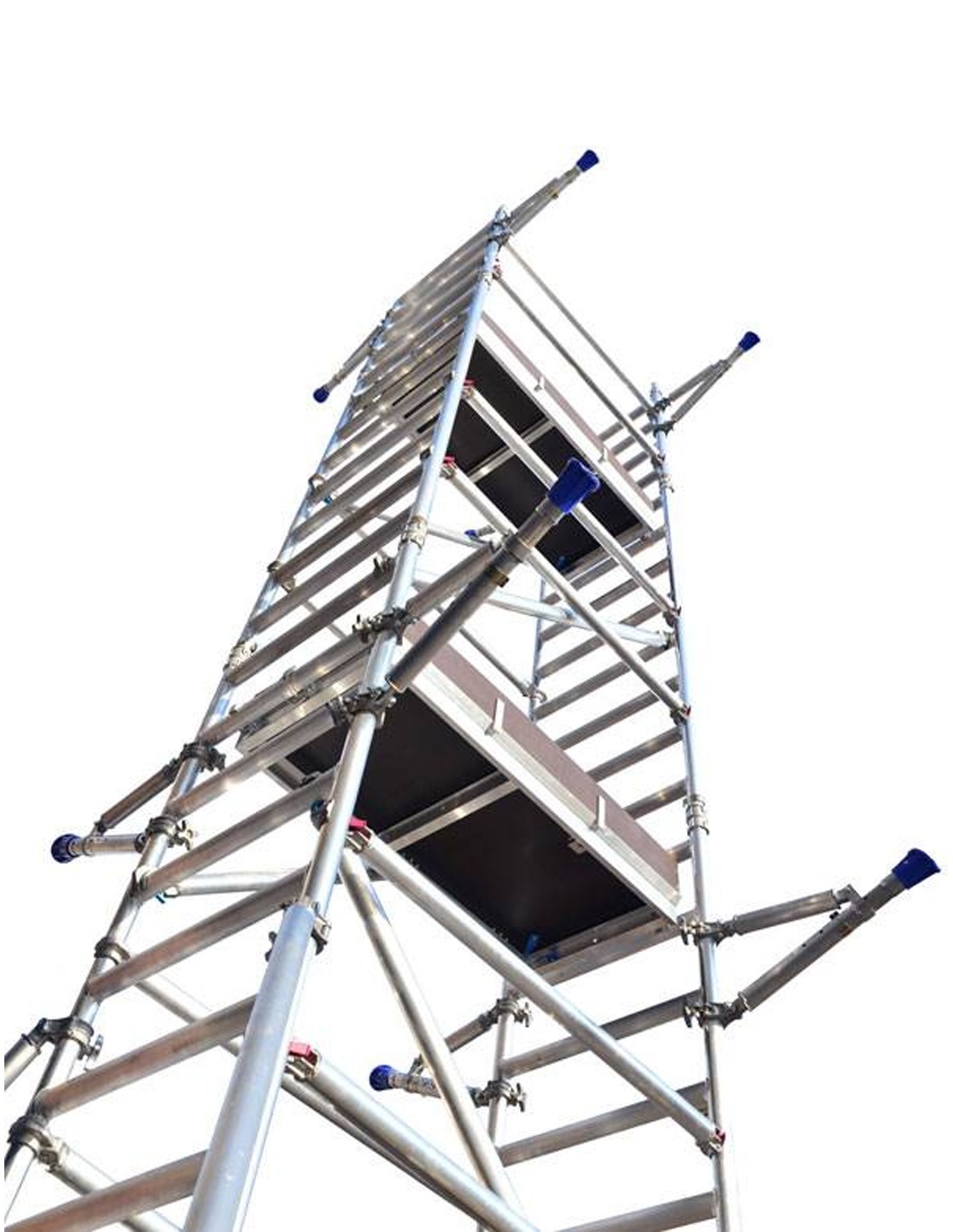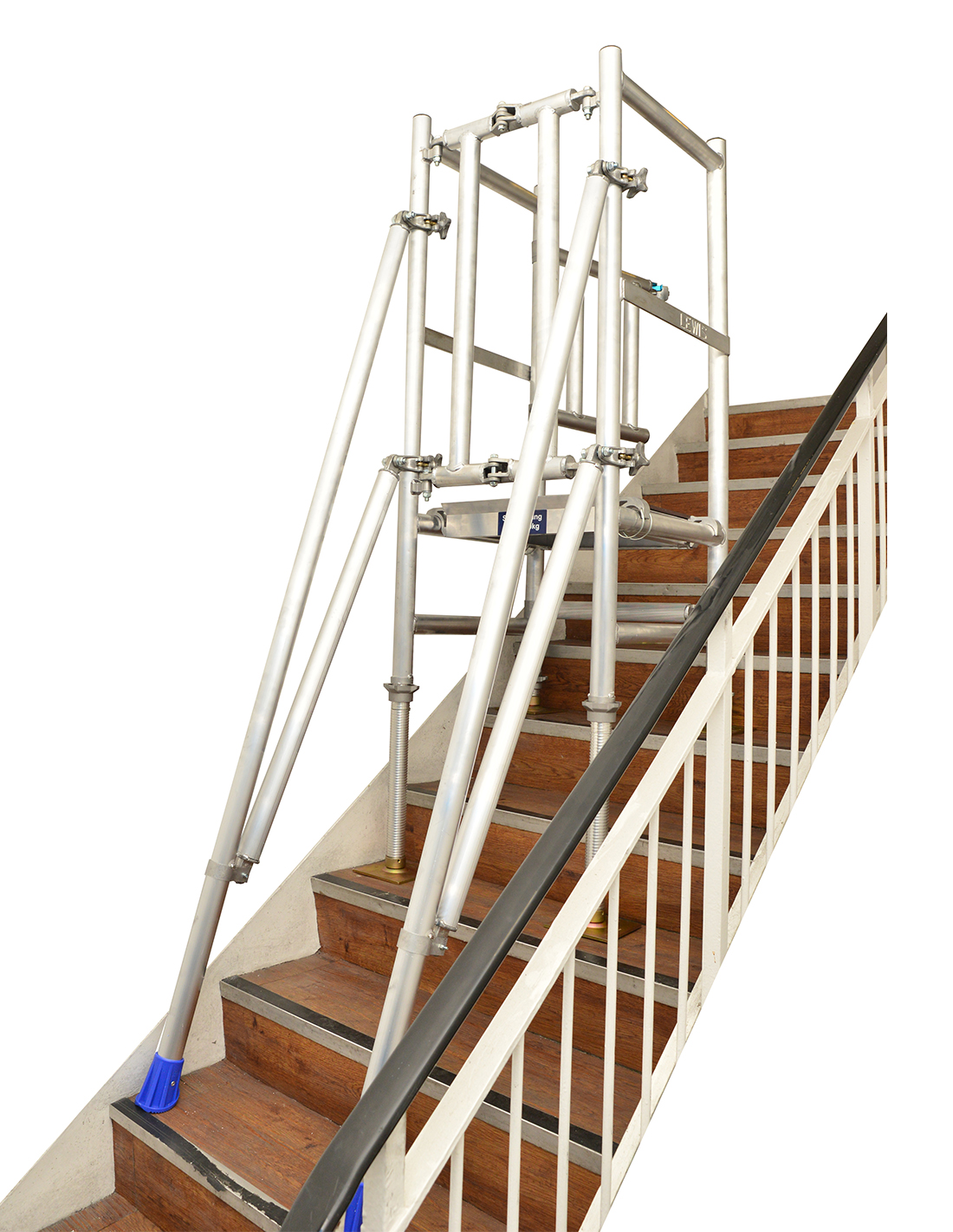Did you spot the truck with the Scottish name, LEWIS, bringing scaffold towers to a construction site near you? As of 2024, our LEWIS Scaffold Towers Scotland Delivery Service brings access equipment directly from our foundry to your site. We are a family scaffold tower manufacturer, established in 2004.
Check out our Scaffold Towers Scotland Delivery Service in this video
The LEWIS Lads Language Aid For Their Scaffold Towers Scotland Delivery Service
Now being Londoners, apart from the bad language, the lads are all like:
It’s banging, init??
Which means: “It’s good, isn’t it?”
That geezer is hunch.
And that translates into: “That man is muscular.”
So management thought it would be a good idea to equip our drivers with a quick reference to some of the Scottish words that, due to their “Londonese” might go right over their heads otherwise!!

The Boss Hopes His Drivers Won’t Be Talking About Baffies!!
As lovely a word as it is, our boss did mention that he wouldn’t like to hear any of the lads mentioning baffies!!
But All Bantering Aside….
Using Scaffold Towers in Scotland Means Navigating Challenging Weather Conditions
Scaffold towers are essential for construction and maintenance work across Scotland, but the country’s unpredictable and often harsh weather presents unique challenges. From high winds in the Highlands to relentless rain in Glasgow and Edinburgh, contractors must carefully plan and adapt their scaffolding practices to ensure safety and efficiency.
Key Weather Challenges and Their Impact on Scaffold Towers
High Winds
Scotland frequently experiences strong winds, particularly in coastal areas and high-altitude locations. Gusts can exceed 50 mph, creating a significant risk for scaffold stability. Wind pressure on scaffold towers can lead to structural failure, material displacement, or even worker accidents.
Solutions:
- Secure scaffold towers with outriggers and additional bracing.
- Use wind barriers or sheeting that allows some airflow rather than solid coverings that act as sails.
- Conduct wind assessments before use and dismantle or secure the scaffold if winds exceed safe limits (e.g., 40 mph for most standard scaffolding).
Heavy Rain and Water Accumulation
Scotland’s rainfall levels are among the highest in the UK, particularly in the west. Persistent rain can cause slippery platforms, corrosion of metal components, and weakened soil stability at the base of scaffolds.
Solutions:
- Non-slip platform boards or additional grip mats should be used.
- Regular drainage checks to prevent water pooling at the scaffold base.
- Weather-resistant coatings for metal components to minimise rust and degradation.
Freezing Temperatures and Ice Formation
Frost, snow, and ice are common during Scottish winters, creating additional risks. Ice on scaffold platforms and ladders increases the likelihood of slips and falls. Additionally, metal components can become brittle in extreme cold.
Solutions:
- De-icing procedures should be in place before use each morning.
- Gritting walkways and using insulated gloves for handling cold metal.
- Checking scaffold joints and fittings for ice expansion damage.
Short Daylight Hours in Winter
During the winter months, Scotland experiences very short daylight hours, particularly in the north. Reduced visibility can lead to accidents and inefficient work.
Solutions:
High-quality LED lighting should be installed around scaffolding areas.
Reflective safety gear for workers operating in dim conditions.
Adjusting working hours to maximise daylight use.
Scottish Regulations and Best Practices
Scaffold towers in Scotland must comply with the Work at Height Regulations 2005, which emphasise risk assessment, fall prevention, and proper training. Additional safety measures include:
- Routine inspections: Before every shift, after extreme weather, and at least weekly.
- Competent personnel: Only trained individuals should erect, inspect, and dismantle scaffold towers.
- Load management: Avoid overloading scaffolds, particularly in wet or windy conditions.
Using scaffold towers in Scotland requires careful planning, weather monitoring, and strict adherence to safety protocols. By implementing wind-resistant bracing, slip-resistant surfaces, and routine maintenance checks, construction and maintenance crews can work efficiently and safely, no matter the weather.



